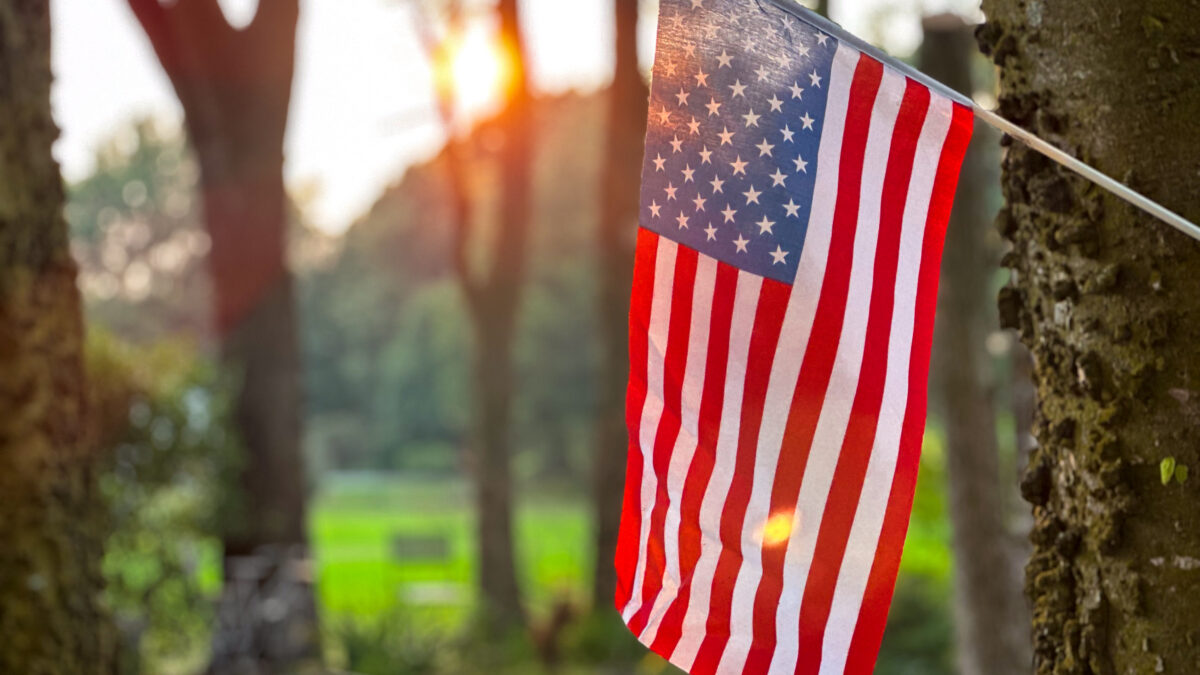Thoughts on Presidential Leadership
TOPICS
AFBFZippy Duvall
President

photo credit: AFBF Photo, Morgan Walker
Zippy Duvall
President
As Americans went to the polls this week—those who hadn’t already voted, that is—my mind turned to a different kind of president. The American Farm Bureau Federation has had 11 presidents before me. Those leaders built and strengthened a movement for farmers and ranchers across the country. That’s not as big a deal as being president of the United States, of course, but I so respect and admire the role that each of my predecessors has played in ensuring a voice for the American farmer.
The first AFBF president, James R. Howard of Iowa (1920 – 1922), was surprised to be elected. By the end of the February 1919 meeting to make decisions about structure and governance of the new organization, Howard had bought his railroad ticket and was ready to return home. In fact, another man, Oscar E. Bradfute of Ohio, expected to become president and had gone so far as to offer Howard the position of secretary of the organization. Howard said he’d think about it. Bradfute ended up serving as vice president and, then, the next president of AFBF.
I so respect and admire the role that each of my predecessors has played in ensuring a voice for the American farmer.
Some accounts claim that the first Farm Bureau delegates felt the choice for president had swung to Howard partly because he looked and talked like a farmer instead of a banker. That may be, but I think they also were impressed by Howard’s vision. In a closing speech, he said, “The East and the West, the North and the South, have agricultural problems which are different only in their external aspects. These problems are basically similar or identical. We need to create a national spirit in our agricultural life.”
What a perfect way to sum up the purpose of the American Farm Bureau. That vision of national unity is often on my mind. As farmers, we share in each other’s successes and losses, and it’s up to each of us to recognize that responsibility and support our fellow farmers and ranchers nationwide. Some issues may seem to be regional or local, but they can repeat themselves in other areas and have a broad impact on the agriculture community.
President Howard oversaw the setting up of the first AFBF offices, work to grow Farm Bureau membership and formation of grain, livestock and fruit and vegetable cooperatives. He also formed the first working group of Farm Bureau leaders, a grain marketing committee, to develop solutions to the “marketing problem,” a term that represented farmers’ feeling that they had too little control over the price received for their crops or the price they paid for handling crops once they left the farm. Today, we still appoint and engage grassroots working groups, such as our Cattle Market Working Group that met this year to develop recommendations following this year’s increase in the spread between the farm price of livestock and the wholesale price of beef.
The second AFBF president, Oscar Bradfute (1923 – 1925), prioritized and expanded on AFBF’s work to get cooperatives started. According to the history books, Bradfute “took his job seriously but calmly and was given to much meditation before making decisions.” Anyone who’s been part of Farm Bureau knows that much meditation goes into our policy development process. That’s more a result of our grassroots structure and bylaws than anything to do with President Bradfute, but perhaps some of his character remains in our organizational DNA.
The third AFBF president, Sam H. Thompson of Illinois (1926 – 1931), knew that cooperative marketing was important, but he also knew it wasn’t the only matter of importance. Perhaps no other AFBF president did more to broaden Farm Bureau’s program of work to a wide variety of legislative initiatives, including tax reforms, rural credit, expanding trade and authorizing construction of the inland waterways transportation system. He also expanded Farm Bureau’s public relations work.
The last president I’ll mention in this article, so as not to go on and on (Farm Bureau’s history could fill many pages), is Edward A. O’Neal of Alabama (1931 – 1947). President O’Neal saw the importance of bringing farmers in the different regions together (especially the then-Democratic South and Republican Midwest). President O’Neal understood that Farm Bureau would not continue to be successful if the members didn’t work together and if a U.S. president only paid attention to those factions in the Farm Bureau that were in alignment with his administration. President O’Neal also headed up the American Farm Bureau at a time when rural representation in Congress was starting to shrink dramatically compared to urban representation. If Farm Bureau was going to be effective, it had to be united. O’Neal’s priority and greatest contribution to the “farm bureau movement” was pulling the diverse agricultural regions together.
I’m preceded in this position by many great leaders who have guided the plow for good harvests. But these four men, Howard, Bradfute, Thompson and O’Neal, gave us the foundation for our influence and impact today: the organization, the focus on farmers’ economic concerns, expansion of legislative work and the successful effort to overcome historical, regional divides and unite to achieve common goals. None was more correct than another in shifting, concentrating or broadening Farm Bureau’s focus. Each, in his own way, represents the power that comes from having the right president for the right time.
As our nation chooses our president for the next four years, I pray for the right president for the right time, and I know that Farm Bureau will continue its long history of being a national voice for farmers to the president and administration, as well as to the Congress and in the courts.
Zippy Duvall
President
Vincent “Zippy” Duvall, a poultry, cattle and hay producer from Greene County, Georgia, is the 12th president of the American Farm Bureau Federation.
Top Issues
VIEW ALL